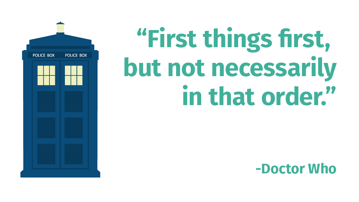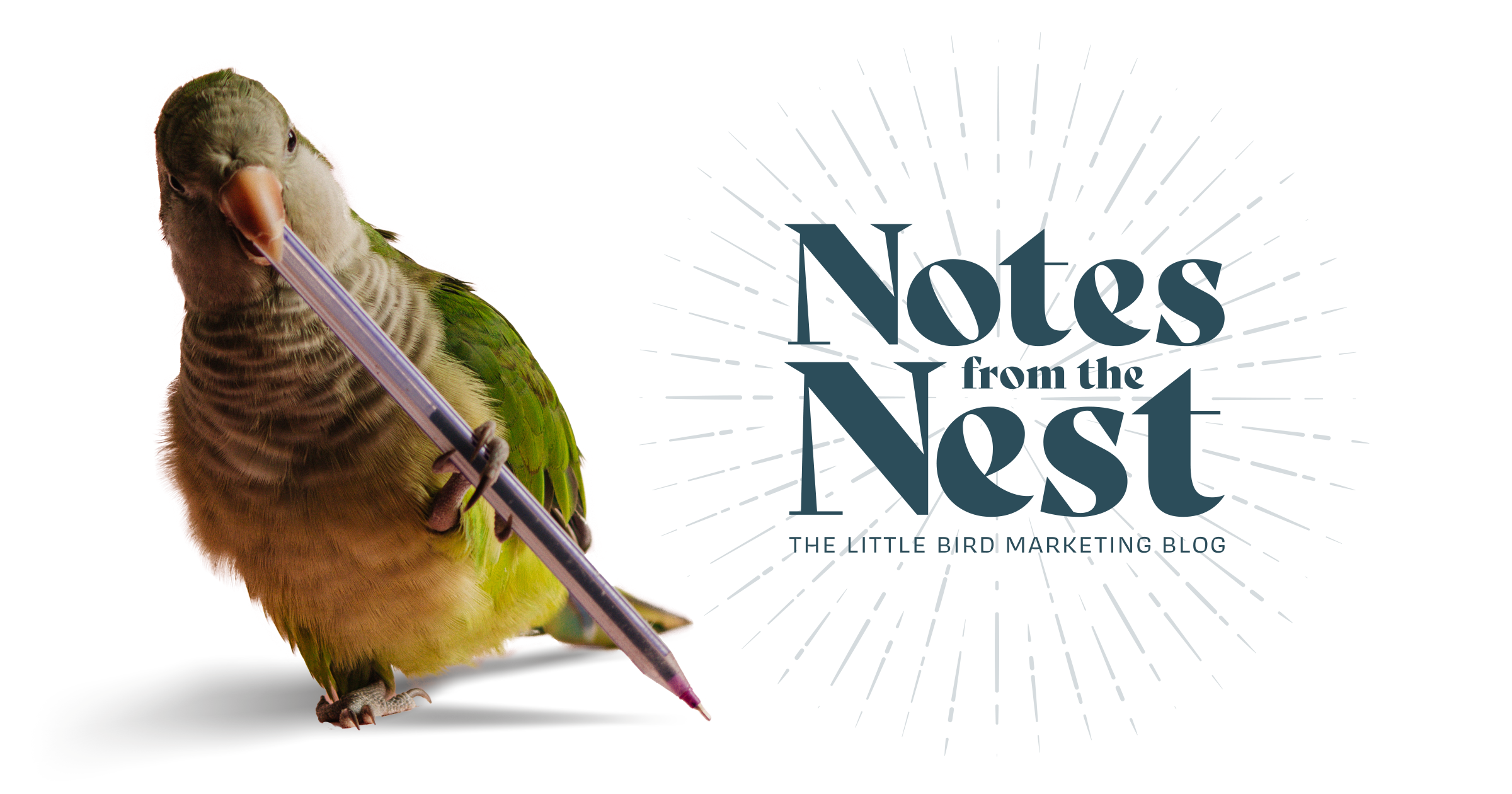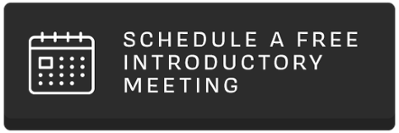“If you spend too much time thinking about a thing, you’ll never get it done.” - Bruce Lee
Ouch! Bruce Lee, your words of truth sting almost as badly as a triple-punch to the stomach! How do we identify, though, what level of thought begins to impede our progress? 9 out of 10 Sensei agree, that is the tricky part.
From a productivity standpoint, there are basically two scenarios in which we find ourselves lacking motivation: the beginning of a project and the middle of a project. I only note this distinction because these are two entirely separate problems, whose solutions are equally disparate. (Check this article for a hefty dose of empirical evidence, specifically the section on "The Gap Between Intention and Action.") Today, we’re going to take a look at some common roots for these hangups, and what steps we implement here at Little Bird to address them.
To be clear, we’re talking about hitting a wall. We’re talking about a slump, or a rut; an insurmountable project. It doesn’t matter what you call it. It’s that thing where you feel like you can’t finish a specific task, or you can’t figure out how to start. It’s a struggle, and it’s real. What we won’t be addressing is an overall “meh” attitude, or chronic apathetic disposition. We’re not psychologists. Actually, one of our peeps does have a degree in psychology…but that's for a different day.
Anyhow, if you’re a caring, thinking person who just needs a boost, read on.
“Priscilla, I can't get started.”

Let’s start at the beginning: You’re looking at a mountain of a project and you start to feel the self-doubt creeping in. You don’t know where to start. You’re procrastinating by doing things that are ridiculous, like organizing your cassette collection. You’re adjusting your chair 15 times (Goldilocks syndrome?). You’re making another pot of coffee so you can get out of the room where you’re supposed to be working. Or worse; you’re like, “Oh, I work better under pressure.” LIES. Here are some steps you can take to get back on track and position yourself for success.
1. Talk it out.
It sounds simple, because it is. Seriously, find someone you trust, and explain your situation to them. Sometimes the mere act of verbalizing your obstacle can help clarify your position, and give you the direction you need to get started. If that fails, you have an extra brain with an advantageous outsider objectivity, that can help you work through whatever details might be detaining you. Sometimes you’re just too close to the project to see it clearly. Rely on your peers to point out your blind spots.
2. Envision the completed project.
When we begin new projects at Little Bird, we ask, “What will it look like to complete this job, and complete it well?” It’s called visualization, and it works. By envisioning the project in a complete status, you can better identify what components are actually necessary, and often you can see what steps to take first. Giant web project? Walk through the steps you would take as a customer and you will see where to start. You’ve heard us talk about Ideal Client Personas before, perhaps? Well, writing with a specific client in mind is a soft form of visualization. Reading what you’ve written from the perspective of the end-user allows you to refine in a new way. Take a step outside your own mental disposition and focus on the task at hand.
3. Break it down.
Two words: Trello, and Toggl. Trello is a project management site, and Toggl is a site that facilitates project timeframe tracking. We use these religiously at Little Bird, in order to maintain a state of accountability to ourselves and to each other. Regardless of whether you choose to use these services or other similar ones, the premise remains the same. Break the large project into smaller steps so you can start getting pieces done; and track your progress as you go. Writing? Make an outline so you can fill in the details. Big layout design? How many sections are there? Make sub-project checklists and dig in until you have them all done.
4. “You can’t edit a blank page.”
Either Jodi Picoult or Norah Roberts said that. Or both of them, probably. Situationally, this might not always be the best advice, but in terms of creative output there is an inherent level of truth in it. A lot of the work we do at Little Bird is nonlinear. The elements of good branding; linguistic and visual in nature, can be edited to infinity. Even ideas can be edited and improved upon. Sometimes you just need to start. You can cut, copy, paste and rearrange after you have some material with which to work. Don’t be afraid to jump in. This is the flip-side of visualization, which combats “overthinking” with taking action.
Good so far? Let’s take a look at the other slump categorization, also known as:
“Priscilla, I can't finish this.”
So, you harnessed that energy of excitement for a new project, worked like crazy, and then you ran out of steam. Maybe you stopped to look around and now you can’t get back into the right mindset. Or good heavens…perhaps you started something new (gasp!) and can’t remember where you were. Good news! It’s not irreparable. In fact, the recognition of your slump-status is the first step on your journey back toward completion of your project.
1. Focus, Grasshopper.
There’s this guy whose work you might know. His name is Alexander Graham Bell. He said, “Concentrate all your thoughts upon the work in hand. The Sun’s rays do not burn until brought to a focus.” Smart guy, right? Seriously though, it’s 2016 nearing 2017. If your work involves a computer, you’re literally one cute cat video away from a complete breakdown of productivity. If you work with people who like to talk, you’re even closer. Anyone left? But the ability to focus isn't random; it's a byproduct of willpower. Put the phone down. Close Facebook. Remove the distractions that are keeping you from your work, and you will begin making progress again. Remember, single-tasking is the new multi-tasking. At Little Bird, we have a double earbud policy. Don’t want to be disturbed? Put both earbuds in. When you have work to do, concentration isn’t a luxury, it’s a right.
2. Learn from authors who don't believe in writer's block.
a. Steinbeck + Measurable Progress
Whoa there! Let me stop you before you start murmuring. I don’t care what you think about Travels With Charley. It’s irrelevant, because we’re not talking about the finished writings, we’re talking about the methodology used to produce them. John Steinbeck serves the purpose of inclusion here because he was 1. a prolific author, and 2. a systematic pencil-master. At the beginning of each day, Steinbeck would sharpen 24 pencils, and would proceed to write with each of them, until the tips were dull. Then he would resharpen them and start over. That is the definition of measurable progress.
Now, certainly, if you’re not a writer, this would be a rather silly process to undertake. But let’s look at some alternative applications. You could, say, write 300 words a day. You could make a new illustration every morning. Basically, let this notion apply to you in whatever way is applicable: establish a parameter for quantifying progress, and stick to it.
b. Hemingway + Prepping for Tomorrow
You didn't even start to grumble that time! Is it the beard? Perhaps unsurprisingly, Hemingway wasn't a strict pencil writer; but did have some charming advice regarding how to make sure a project maintains a state of forward motion: stop in the middle. Papa H. recommended not running yourself out of steam, but stopping "when you know what will happen next." That way, he advised, you allow your brain to work at a lower level until you're ready to start again. Indeed, knowing where you stand at the beginning of a new day is a supreme advantage.
c. Picoult + Luxury
"Writer's block is for people who have the luxury of time."
3. CTOBT?
If you’re a Ponderings from the Perch subscriber, you already know about this one. CTOBT stands for “Couldn’t the opposite be true?” When faced with the prospect of doing unnecessary or ineffective work, CTOBT can help you re-evaluate your priorities. If you hear yourself grudgingly saying, “I need to do this…” it’s a good time to inquire, “Couldn’t the opposite be true?” Subsequently, don’t waste your time doing unnecessary things. If you believe the tenets of the Pareto Principle, a mere 20% of your work is going to account for the majority of your results. Make sure that that you’re focusing on the most important things, so that you’re not wasting your time.
4. Go back to the beginning.
Basically, take Step 2 from “I Can’t Get Started,” and invert it. It’s easy to get lost in details after a while. Especially when you’re approaching the completion of your project, you can get sidetracked and lose your drive. Looking back at your original objectives can help re-center your thinking. Get some fresh eyes on it and make sure you’re staying true to your goals. Have a listen to what the White Stripes had to say about it. Then stop watching videos and get after it!
Summarily, don’t feel bad if you get stuck. Everyone hits a slump from time to time. What’s important is that you take the appropriate actions to un-slump yourself back to productivity. Remember, there’s a light at the end of the tunnel, and there’s a beer-thirty at the end of the week. If you need help navigating your way to a state of productivity, give us a shout.
True change comes with company-wide digital transformation. In our 12-week course, we empower and equip teams to leverage social channels for sales effectiveness and revenue growth. These skill transformation modules instill the needed mindset shift and technical skills to create huge efficiencies and codify what it takes to generate leads and drive revenue through social media efforts.






Let Us Know What You Thought about this Post.
Put your Comment Below.